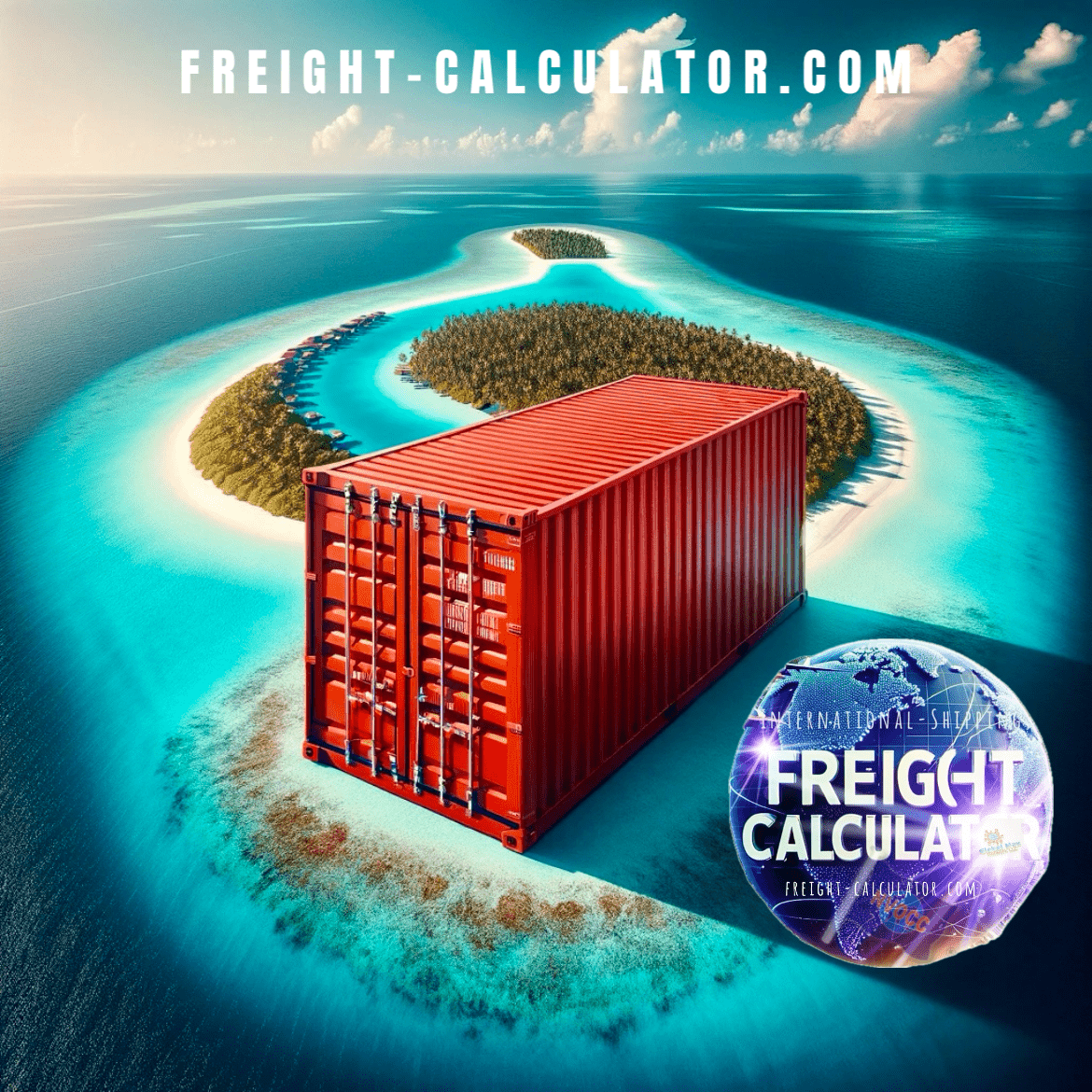
Ocean Container International Shipping
Comprehensive guide to ocean container shipping, container sizes, rates, and regulatory considerations for global shipping needs.

Comprehensive guide to ocean container shipping, container sizes, rates, and regulatory considerations for global shipping needs.

Ocean container shipping is the backbone of global trade, offering a secure and efficient method for transporting goods worldwide. By using standardized containers, businesses can efficiently move large volumes of goods across oceans, reaching destinations on every continent. This guide offers detailed insights into the various container types, sizes, and considerations for international shipping, making it easier to understand the complexities of ocean freight.
Shipping containers come in different sizes and types to suit various cargo needs. The two main sizes are 20-foot and 40-foot containers, with High Cube options for additional volume. Standard 20-foot containers are ideal for heavy goods, while 40-foot containers offer more space for lighter, bulkier items. High Cube containers add an extra foot in height, making them perfect for oversized items. Specialized containers like refrigerated (reefer) containers, open-top, and flat racks cater to goods with specific shipping requirements.
Calculating shipping costs involves multiple factors, including container size, weight, destination, and additional services. Our Container Shipping Rate Calculator provides accurate quotes by factoring in fuel surcharges, port fees, and customs duties, giving shippers a clear picture of their total shipping expenses.
Full Container Load (FCL) shipping is suited for shipments that fill an entire container, offering advantages in privacy and reduced handling. Less Than Container Load (LCL) allows multiple shippers to share container space, making it a cost-effective choice for smaller shipments. This section provides a comprehensive comparison of FCL vs. LCL options, helping you choose the best fit based on your shipping volume and budget.
Each country has unique regulations for container shipping, including inspection protocols, customs duties, and documentation requirements. This section explores key regulatory considerations for international container shipping, covering essential documents like the Bill of Lading, packing list, and commercial invoice. Understanding these regulations ensures a smoother shipping experience and helps avoid delays or additional fees.
Customs and import duties vary by destination and are influenced by the nature of goods, country of origin, and value of the shipment. Knowing the expected duties for your destination helps prevent unexpected costs upon arrival. Our guide details how to calculate import duties and highlights tips for accurate customs documentation to ensure seamless entry into international ports.
Ocean container shipping involves inherent risks, including potential damage or loss. Shipping insurance provides a safety net, covering various types of loss and damage. We explore different insurance options, including all-risk and named-peril coverage, helping you protect your shipment and mitigate financial risks during transit.
Our technology enables instant shipping rates of ocean container shipments, offering visibility from origin to destination. Our shipping options allow you to rate your cargo, ensuring transparency and helping you manage logistics proactively. Understanding tracking capabilities provides peace of mind and allows you to stay informed about your shipment�s status.
Full Container Load (FCL): A shipping method where one shipper uses an entire container, ideal for large shipments.
Less Than Container Load (LCL): A shipping method where multiple shipments share container space, reducing costs for smaller shipments.
High Cube Container: A container with an additional foot of height, used for oversized cargo.
Bill of Lading: A document issued by the carrier that serves as a receipt and contract for shipping goods.
Customs Clearance: The process of getting goods approved for import/export by local authorities, often involving fees and documentation.
Insurance: Coverage that protects against potential loss or damage during shipping.
Open Top Container: A container type without a permanent top, allowing for oversized cargo to be loaded from above.
Reefer Container: A refrigerated container used for temperature-sensitive cargo like food and pharmaceuticals.
Tracking: The ability to monitor the real-time status of a shipment throughout the shipping process.
Port Charges: Fees associated with the use of port facilities, included in the overall shipping cost.
Freight Forwarder: A company that organizes shipments on behalf of individuals or corporations, arranging transportation and documentation.
Demurrage: Charges incurred for the delayed use of a container or cargo, often occurring if the shipment stays too long at the port.
Container Seals: Security seals placed on containers to prevent unauthorized access during transit.
Carrier: The shipping company responsible for transporting goods via sea, air, or land.